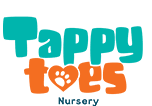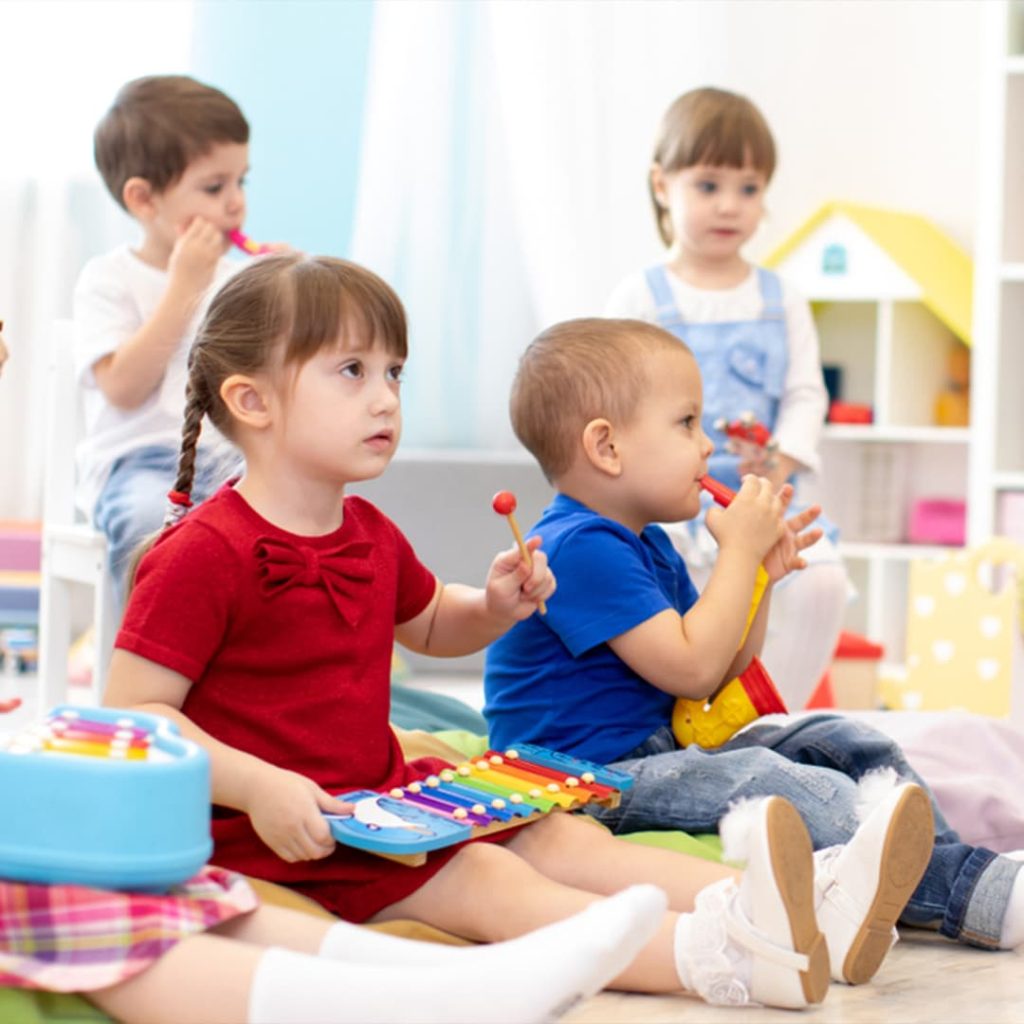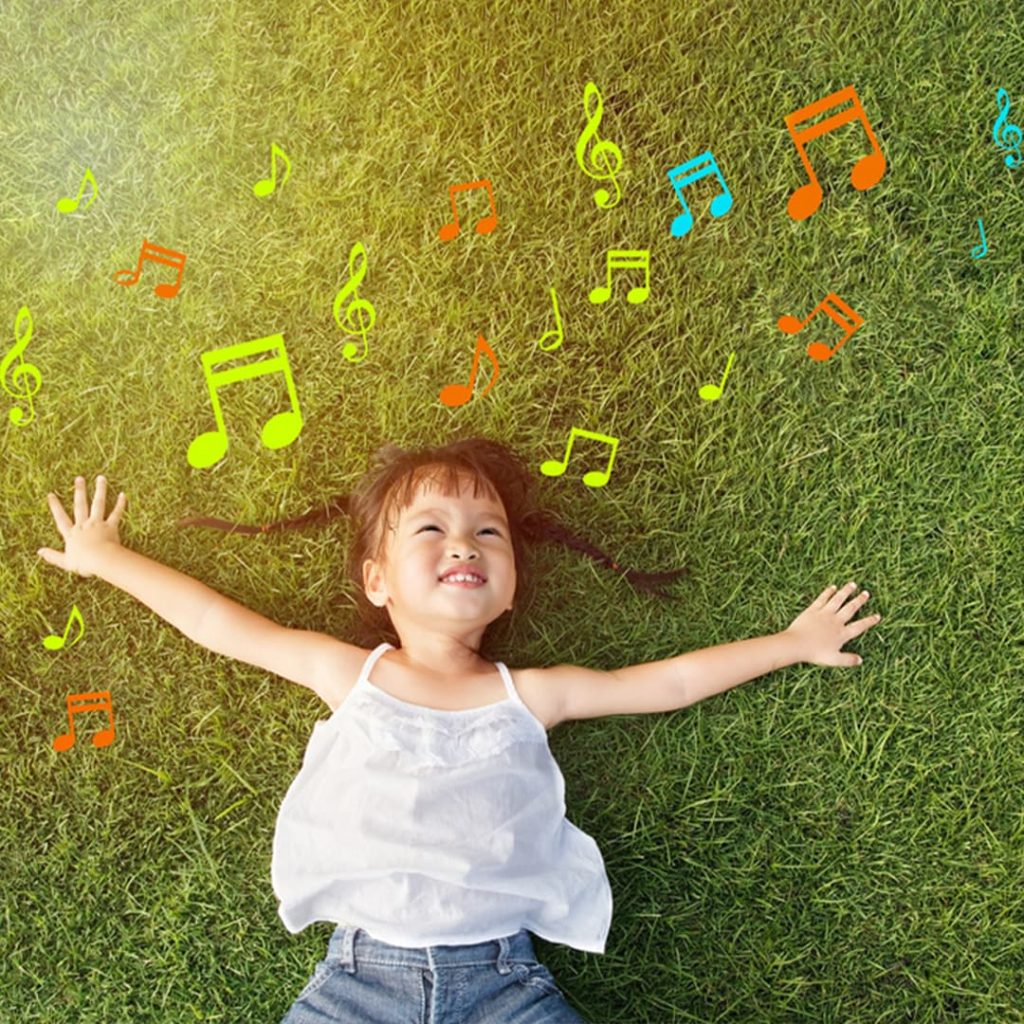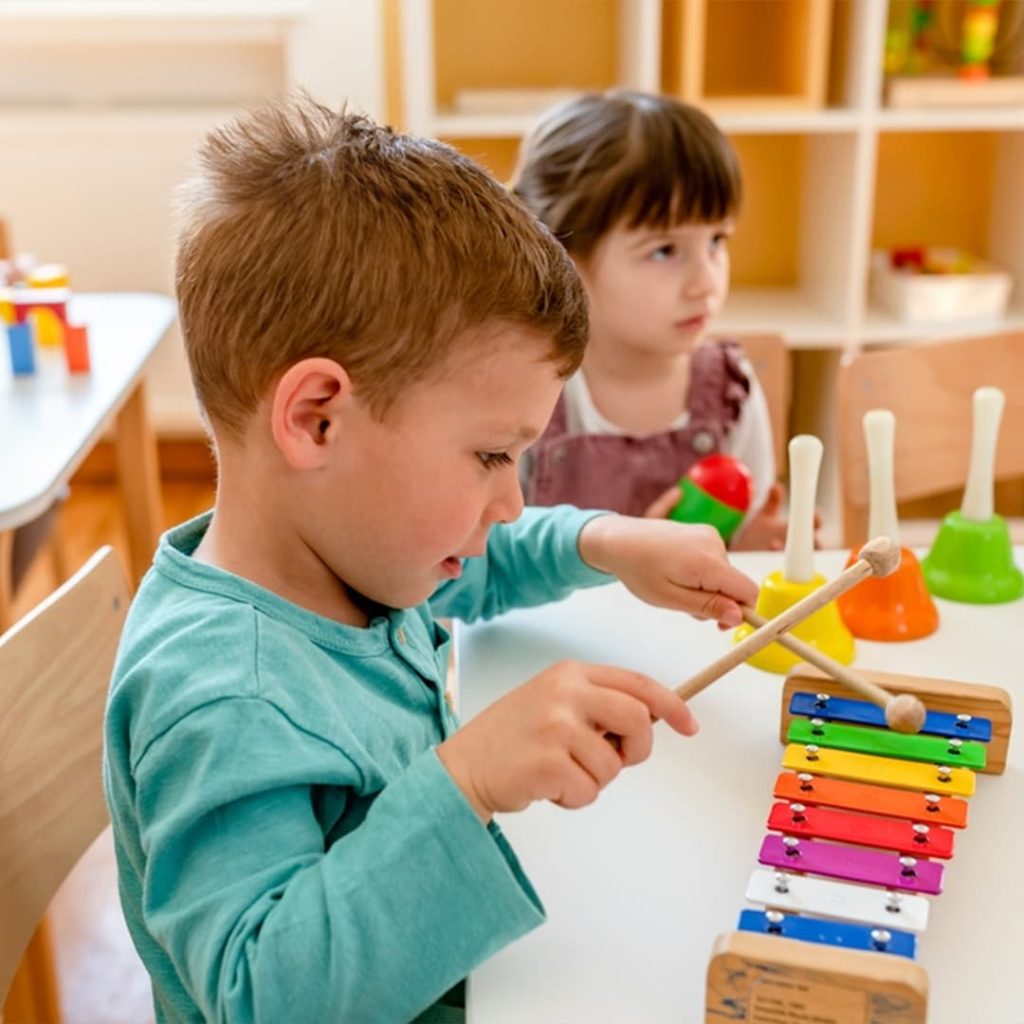
Music and Brain Development in Early Childhood
Parents constantly seek ways to support their young children’s learning and development. One often-overlooked method is through music. Music and brain development in the early years go hand in hand. This blog post will explore the importance of music and brain development in early childhood and provide examples of music and books for kids.
If you’re searching for a nursery that understands the importance of music in early childhood development, look no further than Tappy Toes. With various programs designed for children of different ages, we use music to enhance learning and promote brain development.
Early Childhood Development Chart
It is important to remember that children develop at their own pace, and there is no one-size-fits-all approach to early childhood development. However, there are some general milestones that children typically reach different ages. Here is a chart to help you understand what to expect:
| Age | Physical Development | Cognitive Development | Social and Emotional Development |
| 0-1 year | Lifts head, rolls over | Begins to familiar faces, responds to sounds | Develops attachment to the primary caregiver |
| 1-2 years | Walks, climbs stairs | Begins to use simple sentences, follows simple instructions | Begins to play with others, expresses emotions through language |
| 2-3 years | Runs, jumps, hops | Expands vocabulary, follows more complex instructions | Engages in parallel play, shows empathy towards others |
| 3-4 years | Draws basic shapes, dresses themselves | Begins to understand concepts like time and numbers | Begins to develop friendships, shows independence |
| 4-5 years | Skips, catches a ball | Recognises letters and numbers, has basic reading skills | Plays cooperatively with others, begins to understand rules |
The Benefits of Music to Children’s Learning and Development
Music has been proven to positively impact children’s development, particularly in language, cognitive, social, and emotional development. Here are some of the critical benefits of music for young children:
- Cognitive Development: Studies have shown that music can help to develop children’s cognitive skills, such as language development, memory, and spatial reasoning. It is because music requires children to use both sides of their brains, which helps to strengthen neural connections.
- Emotional Development: Music can also help to develop children’s emotional intelligence by allowing them to express their feelings through song and dance. It can also help them to build empathy and understanding for others.
- Physical Development: When children dance and move to music, it can help to develop their gross and fine motor skills. It can also help them to develop coordination and balance.
- Social Development: Music can also help to develop children’s social skills by encouraging them to work together and share ideas. It can also help to build their self-confidence and self-esteem.
Types and Examples of Music for Kids
Here are some examples of music that are appropriate for kids:
- Classical Music: This genre includes works by composers such as Mozart, Beethoven, and Bach. Classical music can be calming and soothing for kids and can help improve their concentration and focus.
- Folk Music: Folk music incorporates traditional songs and dances from different cultures worldwide. This type of music can be fun and educational for children, as it introduces them to other languages and musical styles.
- Children’s Music: This genre includes songs specifically written for children, with lyrics and melodies that are easy for them to understand and sing along to. Children’s music can be a great way to introduce kids to musical concepts such as rhythm and melody.
Some popular children’s songs and artists include the following:
- “Baby Shark” by Pinkfong
- “Let It Go” from the movie Frozen
- “Old MacDonald Had a Farm” by various artists
- “Twinkle Twinkle Little Star” by various artists
- “The Wheels on the Bus” by various artists
- “If You’re Happy and You Know It” by various artists
- “The Alphabet Song” by various artists
- “Row, Row, Row Your Boat” by various artists
- “The Hokey Pokey” by various artists
- “You Are My Sunshine” by various artists
Children’s Books About Music and Movement
One way to introduce music to young children is through books incorporating music and movement. Here are a few examples:
- “I Got the Rhythm” by Connie Schofield-Morrison: This book follows a young girl as she dances and moves to the beat of the city around her.
- “Wiggle” by Doreen Cronin: This book encourages children to move and wiggle along with the story.
- “Pete the Cat: I Love My White Shoes” by James Dean: This book features a catchy song that children can sing along to while learning about colours.
Cognitive Development in Early Childhood
Cognitive development is critical to early childhood development. It refers to how children learn to think, reason, and understand the world around them. Here are some essential strategies for promoting cognitive development in young children:
- Encourage exploration: Provide opportunities for children to explore and learn through play.
- Foster curiosity: Encourage children to ask questions and seek answers.
- Use open-ended questions: This helps children develop problem-solving and critical-thinking skills.
- Encourage imaginative play: This helps children develop their creativity and problem-solving skills.
Music Therapy Techniques for Kids
Music therapy is an evidence-based practice that uses music to help individuals of all ages and abilities to achieve a wide range of goals, from improving communication skills to reducing anxiety and stress. Here are some music therapy techniques that can be used with children:
- Singing: Singing can help children develop language and communication skills, improve mood, and reduce stress.
- Movement to Music: Dancing and moving to music can help children develop their gross and fine motor skills and improve their coordination and balance.
- Instrument Play: Playing simple instruments, such as shakers or drums, can help children to develop their fine motor skills and hand-eye coordination.
- Songwriting: Encouraging children to write songs can help develop their creativity and self-expression and improve their language and literacy skills.
Music and Parent-Child Bonding
Listening to music together as a family can be a fun way to connect with young children. Here are some benefits of music for parent-child bonding:
- Improved Communication: Listening to and discussing music with children can allow parents and children to communicate and connect on a deeper level.
- Positive Memories: Sharing music experiences as a family can create positive memories that can last a lifetime.
- Music as a Language: Music can be a universal language understood and enjoyed by people of all ages and cultures. Sharing music with young children can be a way to introduce them to different cultures and traditions.
Tips for Incorporating Music into Your Child’s Daily Routine
- Sing during everyday activities: Singing while doing chores or getting dressed can make routine activities more fun and engaging for young children.
- Create a dance party: Set aside time each day for a dance party with your child. It can be a great way to exercise and release energy while listening to music together.
- Use music for transitions: Playing a specific song or piece of music during transitions, such as getting ready for bed or leaving the house, can help establish routines and smooth transitions.
- Attend live music events: Taking your child to live music events, such as concerts or festivals, can be a fun and memorable way to introduce them to different types of music and performers.
- Make homemade instruments: Encouraging your child to make their instruments out of household objects, such as pots and pans or cardboard tubes, can be a fun and creative way to explore music.
Music and Self-Regulation in Young Children
Self-regulation is a critical skill that young children must develop to manage their emotions, behaviours, and reactions to situations. Music can be a powerful tool to support self-regulation in young children. Here’s how:
- Calming Effect: Music can have a calming effect on young children, helping them to regulate their emotions and reduce stress levels. Soft, slow-paced music can help to slow down breathing and heart rate, leading to a more relaxed state.
- Rhythm and Movement: Rhythmic music can help children to regulate their movements and improve their body awareness. Activities such as dancing or drumming to a beat can help children to channel their energy and emotions positively.
- Distraction: Music can provide a healthy distraction for children struggling with difficult emotions or situations. Children can temporarily disengage from stressors and regulate their emotions by focusing on the music.
Conclusion
Music plays a vital role in early childhood development and can positively impact children’s cognitive, emotional, physical, and social development. It can help to develop children’s language, memory, and spatial reasoning skills, as well as their emotional intelligence, gross and fine motor skills, social skills, self-confidence, and self-esteem. By introducing music to children through books, live events, and creative activities, parents can create positive memories and foster a love for music that can last a lifetime. At Tappy Toes Nursery, we understand the importance of music and brain development in early childhood and offer a range of programs and resources to support children’s learning and development.






[…] Dance Party: Put on music and have a family dance party. Encourage your child to move freely to the rhythm. It’s great […]